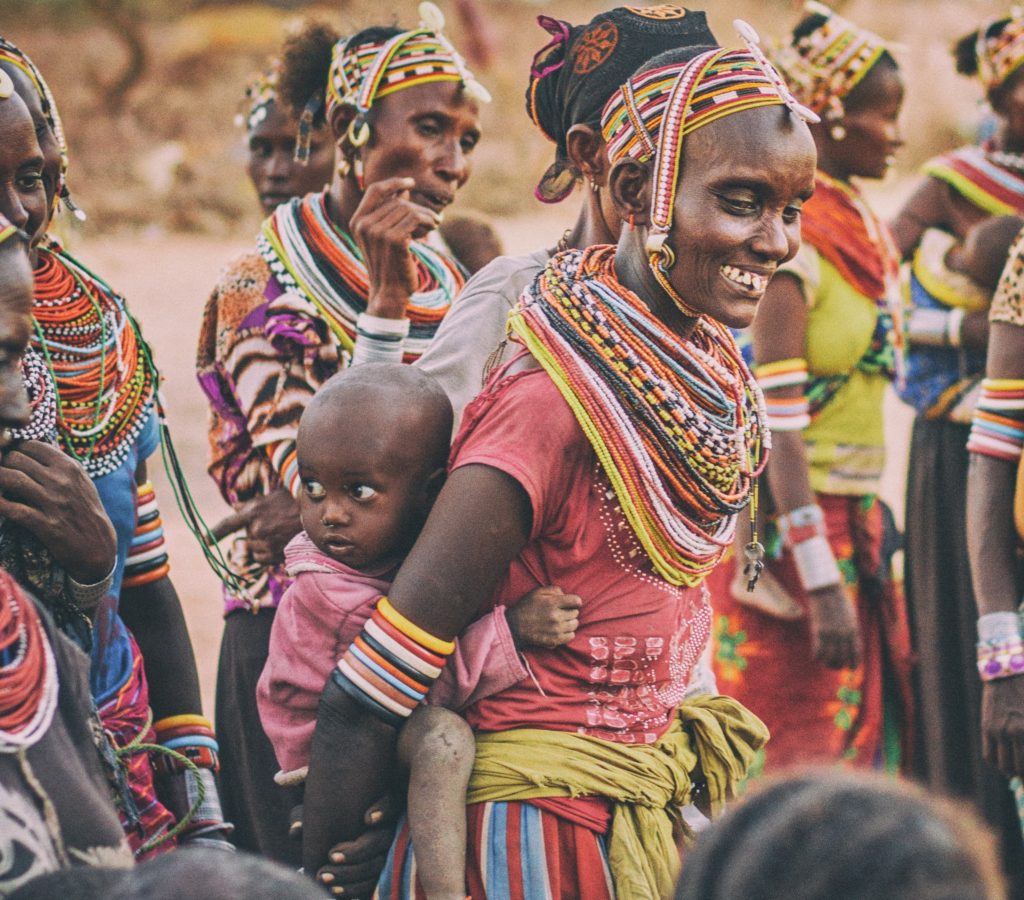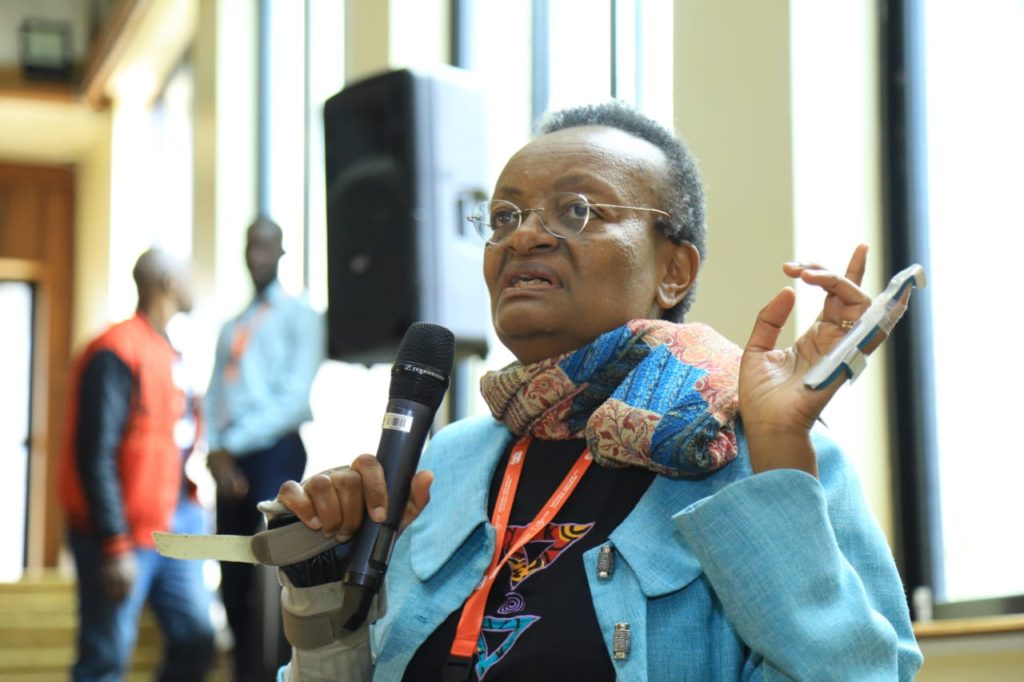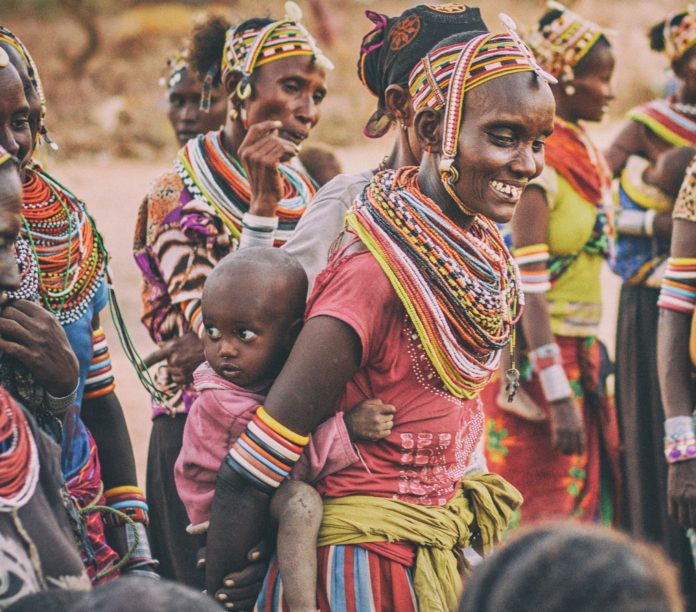By Clifford Akumu
The upsurge in pregnancy cases among teenagers in Kenya is sending waves across the health sector.
Reports reveal that currently, 22 new HIV infections occur daily through mother to child transmissions and one in every three pregnant women attending Antenatal Care is an adolescent according to latest figures from the Ministry of Health.
The numbers are highly unacceptable, health experts agree.
And flipping further county by county figures, it is a predictably grim read, adds the experts, drawn from well being of children, adolescents and women during a two-day integrated national stock take meeting in Nairobi recently.

Highest cases of teenage pregnancy in counties include, Tana River- 51%, Siaya- 48%, Busia-46%, Meru- 45%, Narok-43% and Kisii-41%.
However, behind the figures lies the plight of teenage mothers; one full of pointers towards intervention programs.
When she rose to speak, Winnie Kagendo, 17, for more than fifteen minutes, captivated the crowd with the story of her life after giving birth at the age of 15 while in form two.
Hers is a tough path, she dread walking again. The form three student says, “I have to wake up very early in the morning to prepare the baby, some food and take it to a nearby daycare before rushing to school. I pay Sh50 per day at the day care.”
Since her mother is jobless, she explains, she has to sometime relies on a good neighbor to take care of his baby. When his two-year-old son falls sick, she misses school too.
How it all began
Kagendo narrates the “two distinct lines ordeal” while in form two in a boarding school as if it happened yesterday. “I found out I was pregnant when my periods delayed for a week. I was scared to death!”
For close to eight months, together with her friends who used to cover up for her, she managed to hide the pregnancy, “But it was not long before the principal finally noticed it,” notes the soft-spoken teenager from Kangemi, Nairobi County.
She was expelled from the school; and welcomed home by the jaws of discrimination. The father of the baby vanished, never to be heard again.
The plot even got thicker.
“At home mum hated me, I remember her fainting and being rushed to hospital when she learnt about my pregnancy. In the neighbourhood too my friends avoided me.It was the worst experience of my life.” she recalls.
Mentors to the rescue
Fortunately for both Winnie and her mother, a community mentor working with Elizabeth Glaser Pediatric AIDS Foundation (EGPAF) intervened to help reconcile the family and place Winnie back on an academic path.
In 2016, the organization launched a community-level, home visiting and mentoring program, known as JUA— a Swahili acronym for “Jielimishe Uzazi na Afya,” which means “educate yourself about reproductive health.” JUA focuses on improving health and social outcomes for pregnant adolescents and their children at high risk of HIV infection.
“I no longer shy away from telling my story as a teenage mother because of the training and mentorship program,” says Kagendo.
She is back on a re-engineering of her path at a nearby school, “To err is human. But I have learnt to forgive, accept my condition and create a new path in my life,” notes Kagendo, who wants to pursue a career in journalism career in future.
Kagendo represents part of the 430,825 pregnant adolescents (between10-19 year old) reported in ante natal clinic in 2018 alone. But where did the rain start beating us? And what are the opportunities to bring down these figures?
The new assignment
Prof Ruth Nduati, a pediatrician at the University of Nairobi blames fragmented health system in the country for the increase in numbers of teenage pregnancy and adolescent HIV in the country.
Reducing these statistics, health experts say, has covered some grounds, but there are miles to go.
And so, to tackle the rising cases of teenage pregnancy, Nduati says, “there is need to adopt a multi-sectoral approach”. Intervention programs and initiatives in the adolescent space have been slowed down by drug abuse, glorification of alcohol, peer pressure, social media among others.
“Many adverts of alcohol around institutions is also to blame. Some of these advertisements affect what our teenagers do and how they think”
Parent-missing-in- action is to blame for multiple problems affecting adolescent girls such as pregnancy, mother to child transmissions of HIV.

Consequently, most teenage girls lack the knowledge required to make decisions regarding their sexual and reproductive health-exposing them to vulnerabilities such as unintended pregnancies,sexually transmitted infections and even rape.
But Nduati’s solution lies in investing heavily in adolescent’s health through comprehensive sexuality education, sequence training. She adds there is need to turn the interventions focus on boys and men towards tackling teenage pregnancies.
She further believes merging of sexual reproductive health policies with schools holds key.
“I think we have given it a wrong label, I think what we should be talking about is adolescent development-we have the early, middle and late adolescents with different facets of development including physical, sexual maturation, cognitive and emotional development” she notes.
“If you think of the life of a 10-year-old, that is a child in a family and if parents are not available to provide the protection, nurturing and mentor ship, then there is trouble.”
Why all is not lost
Since adolescent population transit quite fast-posing a big challenge in preventive interventions, there is need to address their issues fast enough.
The two-day stock take meeting concluded with a torrent of new commitments aimed at changing the worrying trends in teenage pregnancy, HIV transmissions from mothers to child and maternal and infant mortality.
The final text, pored and argued over by scores of health experts, academia, civil society organisations, policymakers and youth people from 47 counties over the course of marathon breakout sessions, critically reviewed data to inform deliberations and definition of resolutions.
Among the resolutions was to reduce the rates of the triple epidemic of teenage pregnancy, new HIV infections and sexual exploitation and abuse from 1 in 3 to at less than 1 in 10 by 2021. Improve the national Mother-to-Child Transmission rate from 12.4 per cent to less than 5 per cent during the same period.
As ambitious as the new targets may sound, the meeting vowed to work towards sustaining what is working well, undo failures and scale up innovative and best practices.
“We want to change the tide by accelerating universal health coverage.” Said Dr Catherine Ngugi the head Division of National AIDS and STI Control Program (NASCOP).
Even if all the recommendations contained in what they called the “Kenya School of Government Declaration’ are acted on, though, the gap between what the meeting promised and what needs to be done remains a chasm.
The new now hope lies in translating the commitments into county specific targets and plans.














